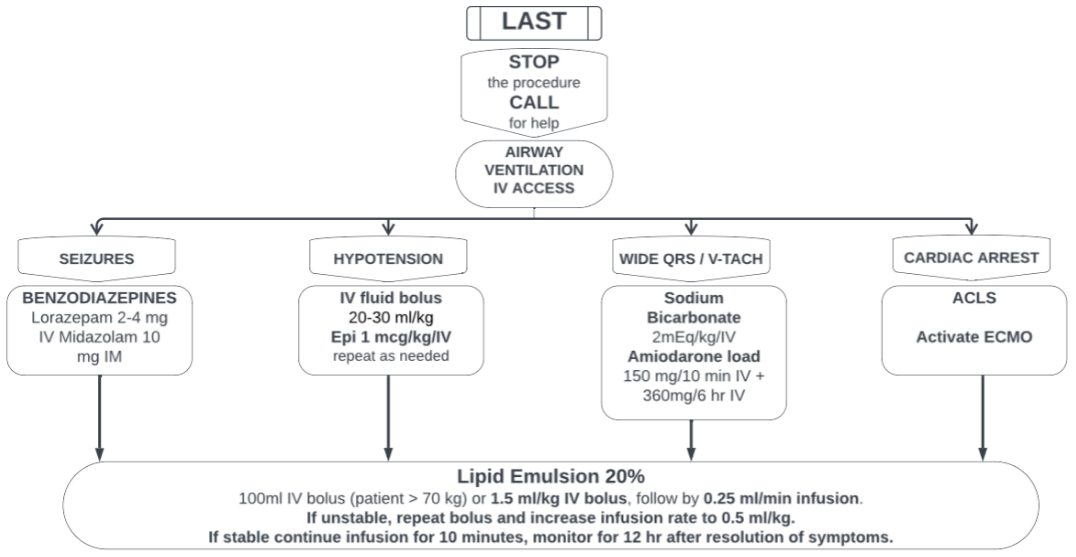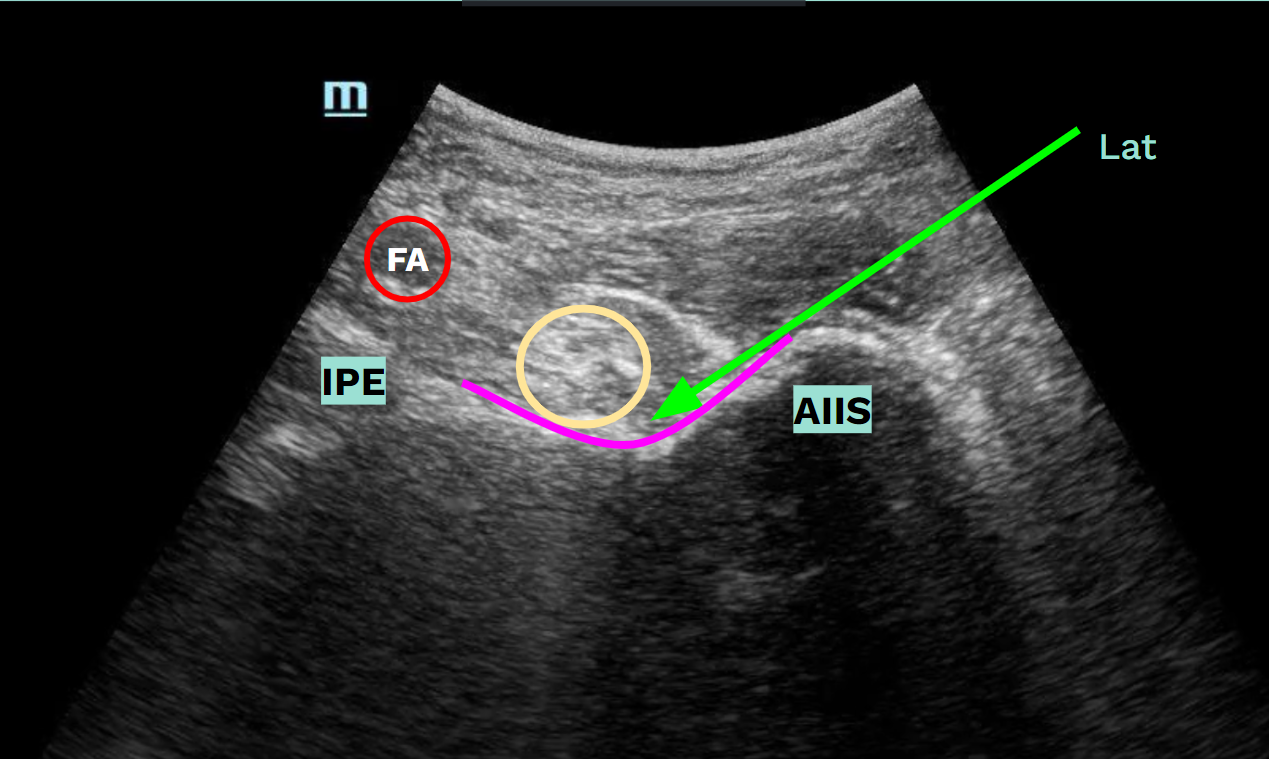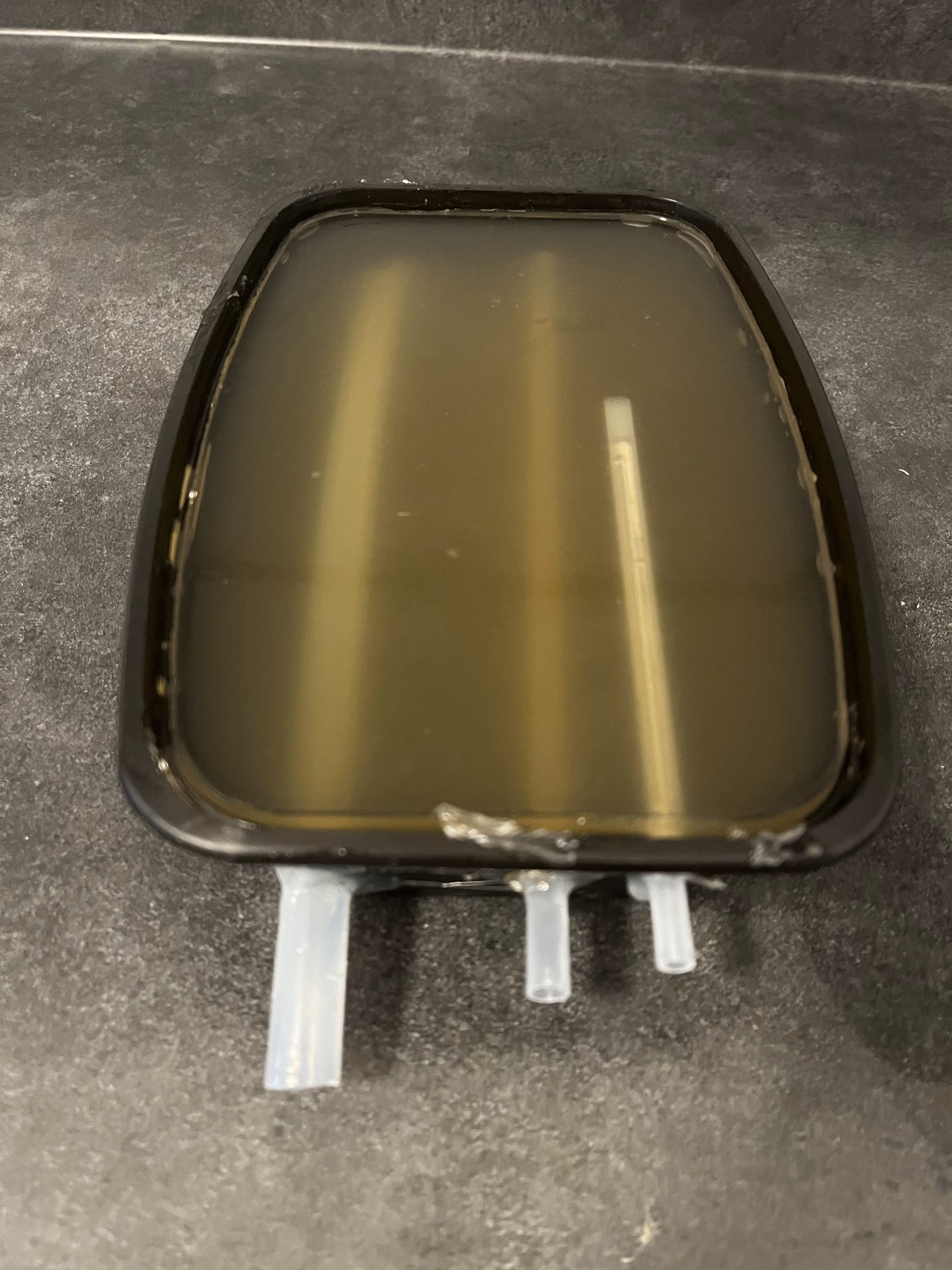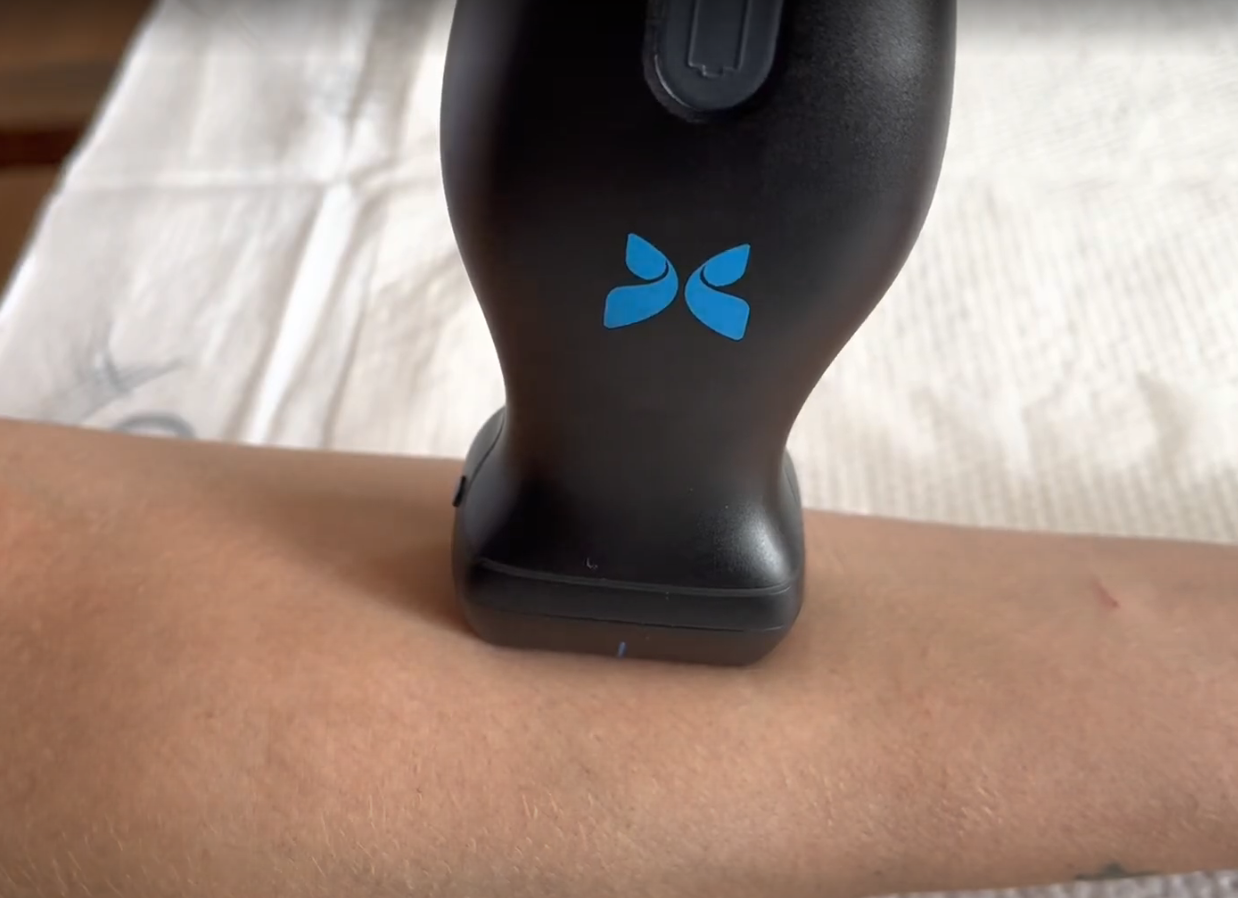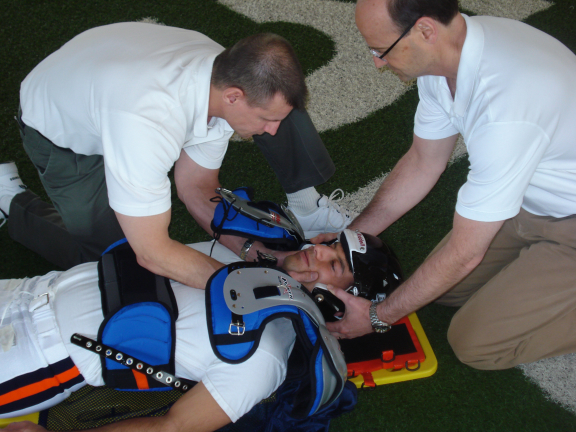There are almost 1,000,000 pulmonary embolisms per year. Do all of them need to be admitted? From a dispo standpoint, it can be easier when you’re at larger academic centers to admit or obs them all but the reality is that s…
Let’s talk about mandible dislocations & how we can reduce them. First, we need to take a look at the mandible anatomy – can refer back to this as we discuss mandible dislocation: So how does the mandible dislocate (also called te…
Headaches are the most common complication of doing a lumbar puncture (LP). Let’s dive into what causes them, how to prevent them, and what to do when patients come back suffering from a post-LP headache. Some major theories on why post-LP…
Almost 10% of pregnant women have hypertension:Pre-existing: 1%, Gestational hypertension: 5-6%, Preeclampsia: 2% Chronic hypertension (in pregnancy): systolic BP 140+ or diastolic BP 90+ began before pregnancy – severe: if systolic…
Let’s talk about large bore/central vascular access! We’ll review different kinds, their different names, and when to use them!Of note outside the scope of this review: how to insert each of these – I think this is better learned by watchin…
Causes, prevention, presentation and treatment of LAST: Local Anesthetic Systemic toxicity
The PENG block is an effective, easy and safe way to provide analgesia to acute traumatic hip injuries
Step by step guide to build your own homemade ultrasound gelatin model for IV access. It’s simple, cheap and fast!
Ultrasound probe movements, the quest of the good vein, out-of-plane technique and in-plane technique of the ultrasound-guided intravenous line
Fever in the Asplenic Patient Why we care Patient population Role of the spleen Top Infectious Ddx Management **The single most important thing you can do is obtain blood cultures and administer empiric IV antibiotics without any delay…
This week, I wanted to touch a bit on Meconium Aspirators as apart of our GI Bleed intubation tool kit. At some point during second year, many of my fellow classmates and I started throwing these into airway boxes at Elmhurst. Especially in…
Why is this a pearl? We get G-tube dislodgments quite often at Sinai, and they can be an easy patient encounter with a quick note and quick dispo. But they made me so nervous as an intern and early 2! Now I love ‘em and you can love ‘em too…
Anatomy First, we’ll refresh our bony anatomy to contextualize the radiographic images. The ankle is composed of the distal tibia and fibula and the superior talus, which is stabilized by several ligaments and the fibrous syndesmosis. The s…
Why should I care about this? Ok, so it may not be that interesting, however, we should still review how to responsibly remove a helmet. In NYC, we very rarely encounter injured patients with a helmet on and that’s probably because they wer…
Summary Summary Anatomy of the Lisfranc Joint The Lisfranc joint consists of the articulation of the first three metatarsal bases with their respective cuneiforms and the 4th/5th metatarsal bases with the cuboid, along with associated ligam…
